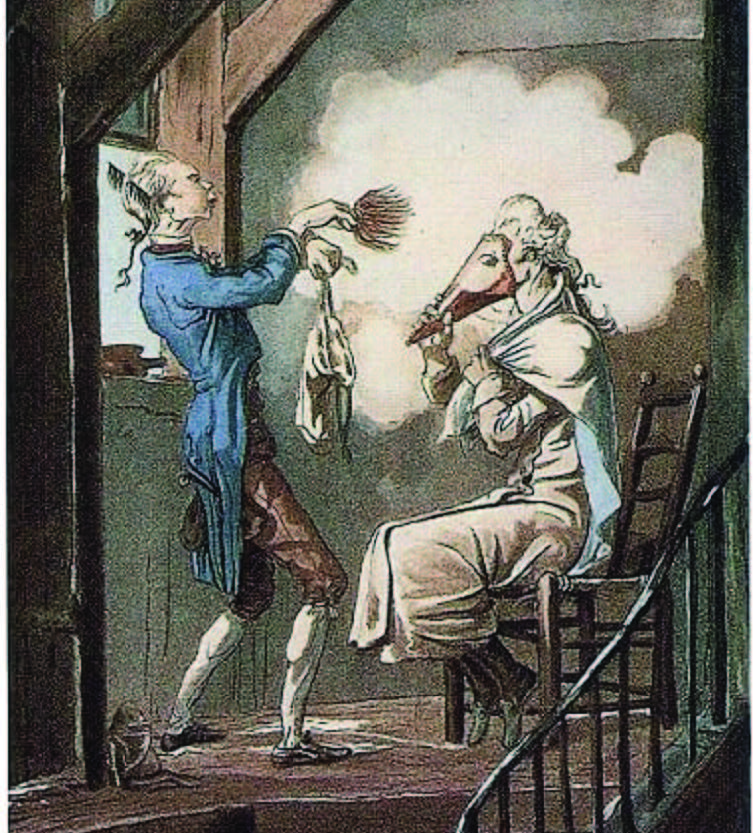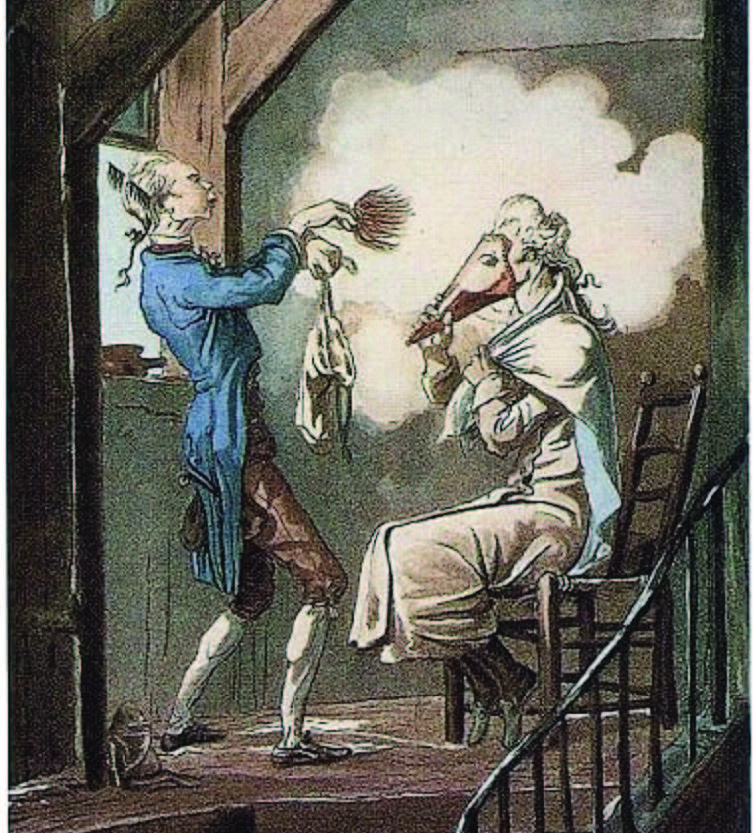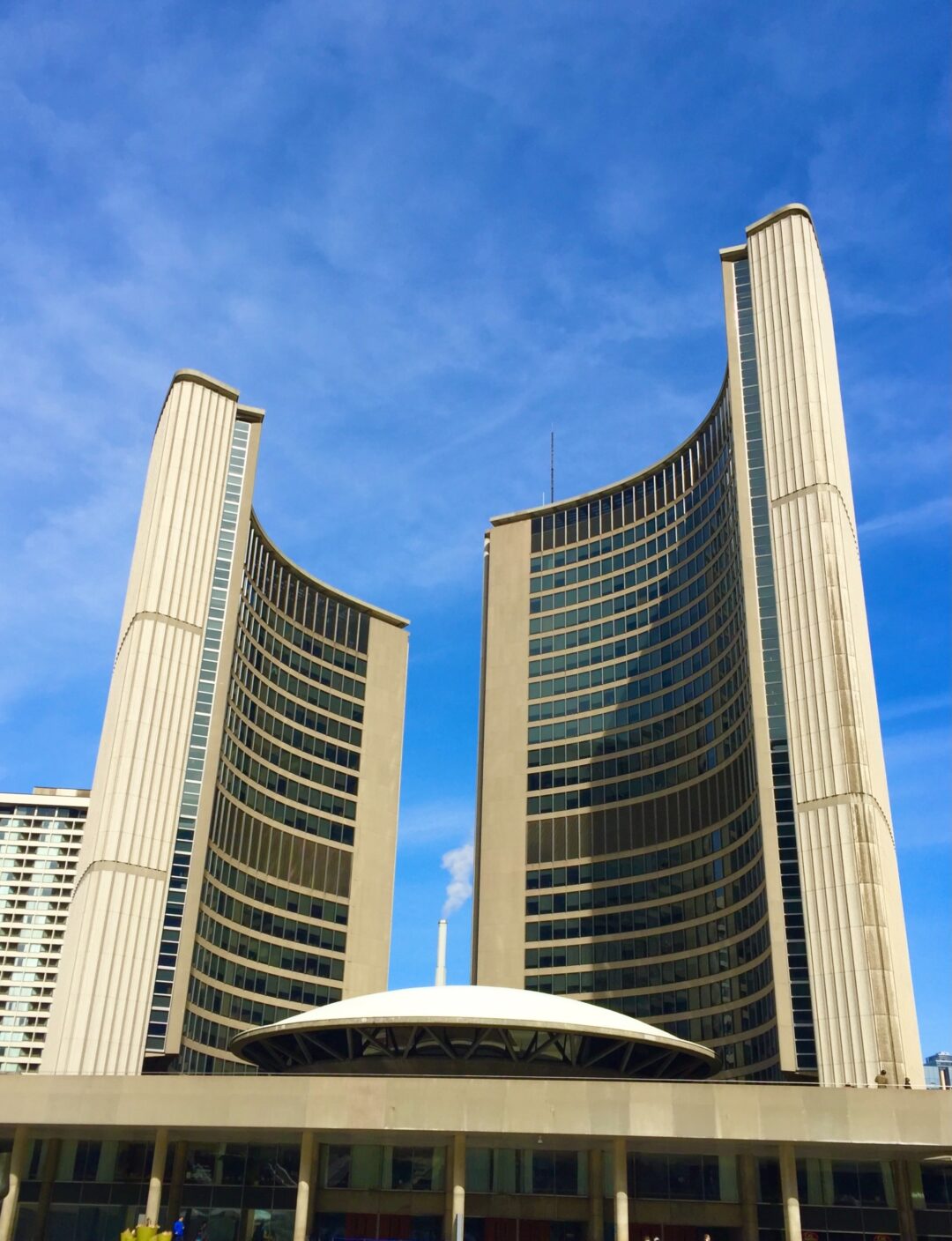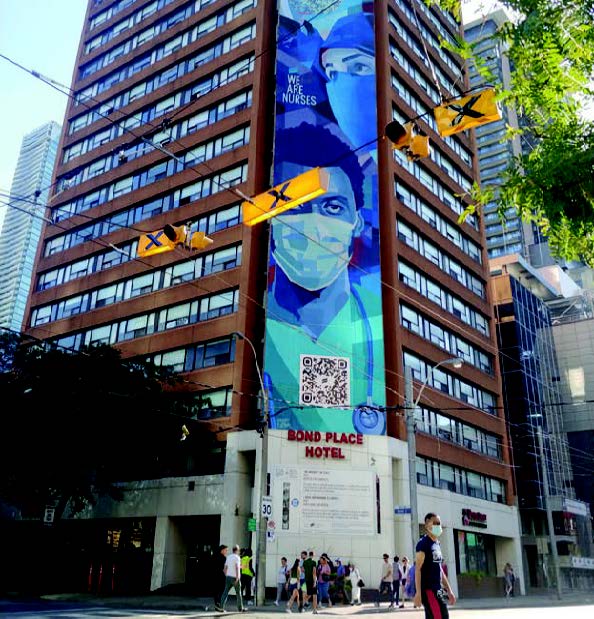
By Bruce Bell, History Columnist
–
In 1802, Thomas Seaton Peacock announced that as soon as he could get away from his regimental duties by the end of the year, he meant to settle in York and open a Ladies and Gentlemen’s Hairdresser establishment – the first mention I’ve found of a Toronto barbershop.
The following year, hairstyling and wig-powdering premises opened on Ontario Street with ads proclaiming, “Monsieur Rock direct from London will look after all your hair and wig needs.”
By 1805 this town of only 500 people had four barbers, as important as butchers. Both men and women would often drop off wigs to be ‘fixed.’
In colonial times, diseases like rubella and yellow fever robbed most people of their hair, so wigs were a part of daily dress like pants or shawls. Toronto’s first mayor William Lyon Mackenzie lost all his hair as a youth, and often sported a bright red wig.
In those days, men and women often shared the same hair salon, but as the town grew and morality changed, a distinct separation of the sexes began, including separate entrances to hotels, banks, post offices and restaurants.
As the colonial town of York gave way to the more imperial city of Toronto, the custom of men wearing wigs faded away and men-only barber shops began to appear near King and Yonge Streets. The iconic red-and-white barber pole also started to make an appearance.
Until the mid 18th century, people visited barber shops for haircuts, bloodletting–believed to be the cure for many ills – or an arm amputation. Bloodletting patients/ customers would firmly grasp a staff to make their arm veins pop out; then the barber would make a cut and let the patients bleed until they passed out.
After the ‘surgery’ barbers rinsed the bandages before hanging them out to dry on a pole. As the strips of cloth fluttered in the wind, they would curl around the pole in the twisting pattern seen on barber poles today.
By the founding of York in 1793, barbers and surgeons were separate professions.
In 1903 with the population of Toronto at almost a quarter million , the lavish King Edward Hotel opened on King Street East. Its early advertising stated “In all things which tend to the comfort and indulgence of the male guest, the hotel is magnificently equipped with the sumptuous dignity of an old baronial hall, while even in the barber shops the same note of luxury prevails.”
The hotel’s magnificent barber shop on the main level had onyx counters, plush leather chairs, shiny brass electric lights, and gilt-framed oil paintings. It was connected to the Hunt Room, a men-only drinking club with a private staircase leading down to the billiard room and another male stronghold, the Grill Room, the power restaurant of its day.
When the King Eddie began to modernize in the 1920s the Edwardian look was considered too fussy, and the once-fancy barber shop was moved into the basement next to another modern invention: the hotel cafeteria, replacing the once powerful Grill Room.
The cafeteria and barber shop became the haunt of local writers and newspaper journalists including legendary Toronto Star writer Gregory Clark and his 19-year-old protégé, Ernest Hemingway.
The barbershop thrived during the roaring 1920s, with customers as varied as Charlie Chaplin, Al Capone (on one of his two clandestine visits to the Gooderham and Worts distillery), tenor Enrico Caruso, and just about every mover and shaker who lived or worked near the hotel.
In 1957, the hotel’s famed barber shop changed its name to the Razors Edge, one of 12 salons in a Toronto-area chain. In 1979 the Razors Edge moved to 21 Victoria Street, where it still stands today as Ivan’s Salon. Bruno and Carmen owned Ivan’s for over 30 years (Bruno told me the name Ivan’s was from a posh men’s salon in London, England).
In 2009 Carmen and Bruno sold Ivan’s Salon to San San Maw, the first woman to own the male-dominated barber shop.
After arriving in Toronto from Burma in 1989, San San started as a stylist at Ivan’s in 1991. She says she will continue to use the Ivan’s Salon name and carry on the long tradition of the most famous barber shop in the downtown core.




